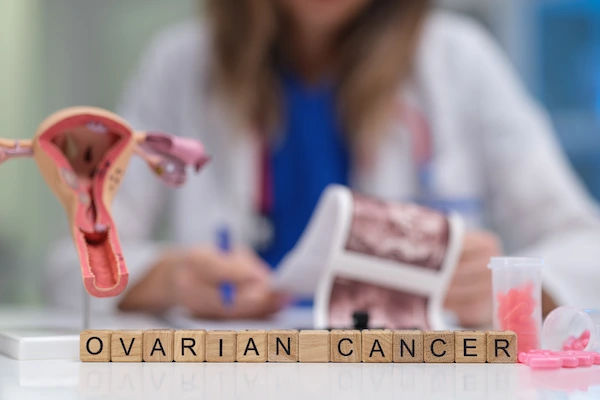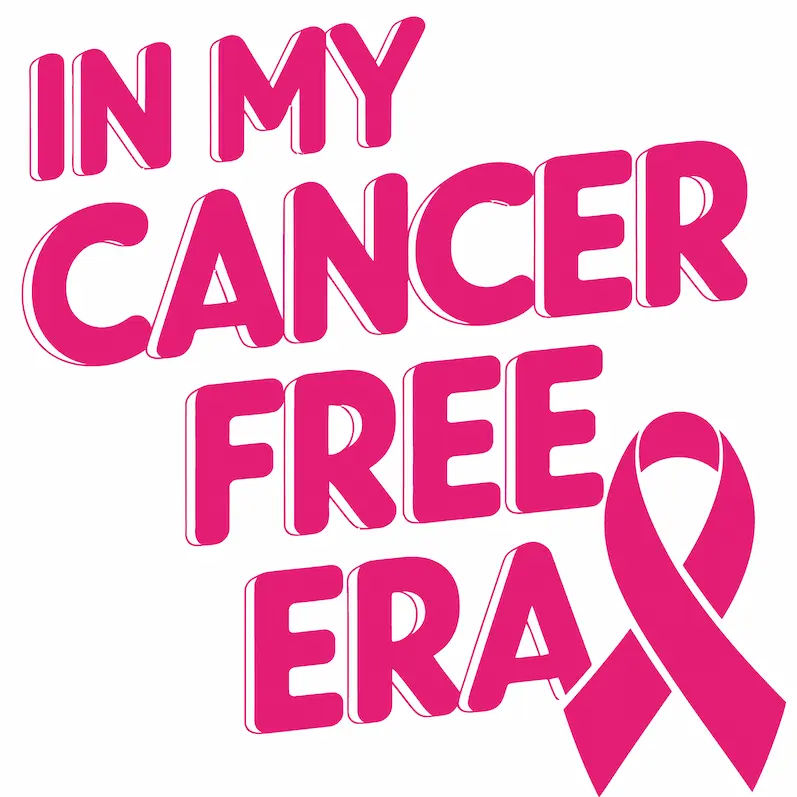The Role of Communication in Radiology Guide
Learn how effective communication in radiology enhances patient care, ensures accurate diagnoses, and improves overall healthcare experiences.

Written by Dr. Dhankecha Mayank Dineshbhai
Reviewed by Dr. Vasanthasree Nair MBBS
Last updated on 3rd Oct, 2025

Introduction
When you think of radiology, you likely picture a large, humming machine and a shadowy black-and-white image. What you might not picture is a conversation. Yet, effective role communication in radiology is one of the most critical, yet often overlooked, components of your healthcare. It's the invisible thread that connects your symptoms to a diagnosis and your doctor's concerns to a precise treatment plan. This guide demystifies the world of diagnostic imaging, not from a technical standpoint, but from a human one. We'll explore the key players, the common pitfalls, and, most importantly, how you can actively participate to ensure the process works seamlessly for you. Understanding this flow of information empowers you to become an advocate for your own health, ensuring that the critical insights hidden within a scan are accurately found, interpreted, and acted upon.
Beyond the Image: What a Radiologist Really Does
A radiologist is a medical doctor who specialises in diagnosing and treating diseases and injuries using medical imaging techniques. But their role in radiology extends far beyond simply "reading an X-ray." They are diagnostic detectives, consultants to your primary doctor, and often, the first to identify a serious problem.
The Silent Partner in Your Healthcare Team
Think of your radiologist as a silent partner to your primary care physician or specialist. Your doctor knows you, your history, and your current symptoms. The radiologist brings a deep expertise in interpreting the visual evidence provided by the scan. The magic happens when these two perspectives merge through clear communication. Without a complete clinical context from your doctor, a radiologist is interpreting images in a vacuum. A small shadow on a lung CT could be scarring from an old infection or a sign of something new; only with the full story can an accurate diagnosis be made.
From Pixels to Diagnosis: The Interpretive Art
Interpreting a scan is not always black and white. It's an art informed by years of training and experience. A radiologist analyses the shape, density, and texture of what they see, correlating it with medical knowledge. They then compile their findings into a detailed report for your referring doctor. This report is the primary tool of communication in radiology. A well-written report is clear, concise, and answers the specific clinical question your doctor asked. For instance, instead of just noting "a mass is present," an effective report will describe its size, location, characteristics, and offer differential diagnoses, guiding the next steps.
The Communication Chain in Radiology: Who's Involved?
The pathway of information in radiology is a chain with several vital links. A break in any one link can lead to a communication breakdown.
The Patient: The Starting Point of the Story
You are the most important source of information. Your symptoms, medical history, allergies, and even anxieties form the foundation upon which the imaging study is built.
The Referring Doctor: The Question Asker
Your primary doctor or specialist initiates the process. They provide the radiologist with a clinical history and a reason for the exam. The specificity of this request is crucial. A request for a "knee MRI" is less helpful than one for a "knee MRI to evaluate for a suspected meniscal tear in a 45-year-old with a twisting injury."
The Radiologist: The Answer Interpreter
As discussed, the radiologist synthesises the information from the patient and referring doctor with the visual data from the images to create a diagnostic report.
The Radiologic Technologist: The Image Expert
This is the professional you are most likely to meet. They operate the imaging equipment, ensure your safety and comfort, and capture the high-quality images essential for an accurate diagnosis. Their role in communication is vital: they confirm your identity, verify the correct procedure, and can relay important information (e.g., "the patient experienced pain in this specific position") to the radiologist.
Consult a Radiologist for the best advice
Why Communication Breakdowns Happen in Radiology
Despite best intentions, communication can fail. Understanding these common barriers is the first step to overcoming them.
The "Black Box" Problem
Traditionally, the radiology department has been a "black box." A patient goes in, a report comes out, and the process in between is opaque. This physical and informational separation between the patient, the referring doctor, and the radiologist can lead to assumptions and missed details.
High Volume and Time Pressure
Radiology departments are often extremely busy. A radiologist may interpret dozens or even hundreds of studies in a single day. Under this pressure, there may be less time for direct consultation with referring physicians or for crafting exceptionally detailed reports for every case.
How Poor Communication Directly Affects Your Health?
When communication fails, the consequences are not just administrative, they are personal.
Delays in Diagnosis and Treatment
If a critical finding is not communicated urgently or is lost in a pile of routine reports, your treatment can be delayed. For conditions like cancer or vascular emergencies, time is of the essence. A clear protocol for communicating "significant unexpected findings" is essential for patient safety.
The Risk of Diagnostic Errors
An incomplete clinical history is a leading cause of perceptual errors in radiology. If a radiologist doesn't know where to look or what to look for, subtle signs can be missed. For example, without knowing a patient has a history of breast cancer, a radiologist might attribute a small spot on a chest X-ray to a benign cause. Improving communication between doctor and radiologist is a direct line to improving diagnostic accuracy.
A Practical Guide for Patients: How to Be a Proactive Partner
You are not a passive subject in this process. Here’s how you can actively foster better communication in radiology.
Before Your Scan: The Power of Preparation
Getting ready for a medical scan can feel daunting, but proper preparation makes the process smoother and more accurate.
Know Your "Why": Understanding the Clinical Question
Don't be afraid to ask your referring doctor: "What are we hoping to learn from this scan?" Knowing the clinical question helps you provide relevant information. If your doctor is investigating back pain, you can emphasise the exact location and what makes it worse.
Share Your Complete Medical History
When you fill out forms at the imaging center, be thorough. List all previous surgeries, major illnesses, and current medications. This information is electronically attached to your study and is invaluable to the radiologist. If your condition involves complex symptoms, consider consulting a doctor online with Apollo24|7 to get a clear referral and clinical history before your scan.
During Your Scan: Communicating with the Technologist
Speak up! If you are in pain, feel claustrophobic, or have a question, tell the technologist. They are there to help. If you experienced pain during a specific movement, mention it so they can note it for the radiologist.
After Your Scan: Following Up on Your Results
Always ask your referring doctor, "When and how will I receive the results?" Don't assume no news is good news. Proactively follow up if you haven't heard back within the expected timeframe. Many healthcare systems now offer patient portals where you can access your radiology report explained in a patient-friendly format alongside the original.
The Future is Talking: Technology Enhancing Radiology Communication
Innovation is breaking down the traditional barriers in radiology.
Patient Portals and Direct Reporting
These platforms are transforming the role of communication by giving patients direct access to their results and images. This transparency empowers you to be more informed and engaged in your care.
The Role of Artificial Intelligence (AI)
AI is emerging as a powerful assistant, not a replacement. It can help prioritise critical cases for radiologists (flagging a potential stroke on a CT scan), measure tumors with high precision, and even draft preliminary reports, freeing up the radiologist's time for more complex tasks and direct communication.
Conclusion: Your Voice Matters in Your Diagnostic Journey
The journey through medical imaging can feel isolating, but it doesn't have to be. Effective role communication in radiology is a shared responsibility, and you hold a powerful piece of the puzzle. By understanding the process, preparing thoroughly, and speaking up at every stage, you transform from a passive patient into an active partner in your diagnostic care. Remember, the goal is not just to get a scan done, but to ensure the critical information within it is accurately translated into a clear path forward for your health.
Consult a Radiologist for the best advice
Consult a Radiologist for the best advice

Dr Suchana Kushvaha
Radiologist
14 Years • MBBS, MD Radiodiagnosis/Radiology, FNB ( Breast Imaging)
Gurugram
Prajnam Complete Breast Care, Gurugram

Dr.priyank Ks Chaudhary
Radiologist
10 Years • MBBS DMRD & DNB
Lucknow
Apollo Clinic Hazratganj, Lucknow

Dr. Dheepika R
Radiologist
4 Years • MBBS, MD ( Radio Diagnosis )
Bengaluru
Apollo Clinic, JP nagar, Bengaluru
Dr Manik Bandyopadhyay
Radiologist
44 Years • MBBS, DMR
Kolkata
RHCC - Rejuvenecer Healthcare Centre, Kolkata

Dr. Surendra K
Radiologist
29 Years • MBBS, MD (Radio-Diagnosis)
Bengaluru
Apollo Clinic, Koramangala, Bengaluru
Consult a Radiologist for the best advice

Dr Suchana Kushvaha
Radiologist
14 Years • MBBS, MD Radiodiagnosis/Radiology, FNB ( Breast Imaging)
Gurugram
Prajnam Complete Breast Care, Gurugram

Dr.priyank Ks Chaudhary
Radiologist
10 Years • MBBS DMRD & DNB
Lucknow
Apollo Clinic Hazratganj, Lucknow

Dr. Dheepika R
Radiologist
4 Years • MBBS, MD ( Radio Diagnosis )
Bengaluru
Apollo Clinic, JP nagar, Bengaluru
Dr Manik Bandyopadhyay
Radiologist
44 Years • MBBS, DMR
Kolkata
RHCC - Rejuvenecer Healthcare Centre, Kolkata

Dr. Surendra K
Radiologist
29 Years • MBBS, MD (Radio-Diagnosis)
Bengaluru
Apollo Clinic, Koramangala, Bengaluru
More articles from Cancer
Frequently Asked Questions
Can I speak directly to the radiologist who interpreted my scan?
While it's not common practice for routine follow-up, you absolutely can request it. Typically, the radiologist communicates findings to your referring doctor, who then discusses them with you. However, if you have complex questions about the report itself, your referring doctor can often arrange a consultation with the radiologist.
Why does the report use such complex medical language?
Radiology reports are primarily medical documents intended for your referring physician. They use precise terminology to avoid ambiguity. Don't be intimidated. Ask your doctor to explain the radiology report in plain language. Many institutions are now also adding patient-friendly summaries.
How long does it take to get a radiology report?
Turnaround times vary. For urgent cases (like in an ER), a preliminary report can be available in under an hour. For routine outpatient scans, it typically takes 24-48 hours. Always ask your doctor for a specific timeframe.
What should I do if I think there's a mistake in my radiology report?
Do not panic. First, discuss your concerns with your referring doctor. They have a clinical context. If necessary, they can request a second opinion from another radiologist, a process known as an 'overread.'
What is the most important piece of information I can provide for my scan?
A complete and accurate clinical history. Knowing why the scan was ordered and what symptoms you are experiencing is the single most valuable context for the radiologist.




